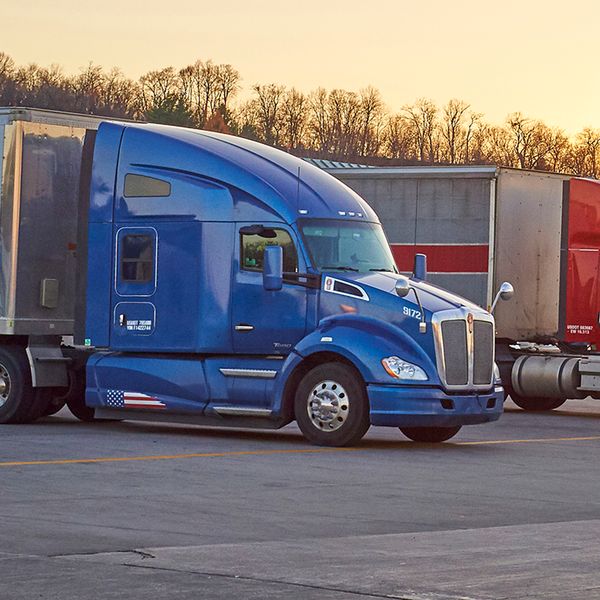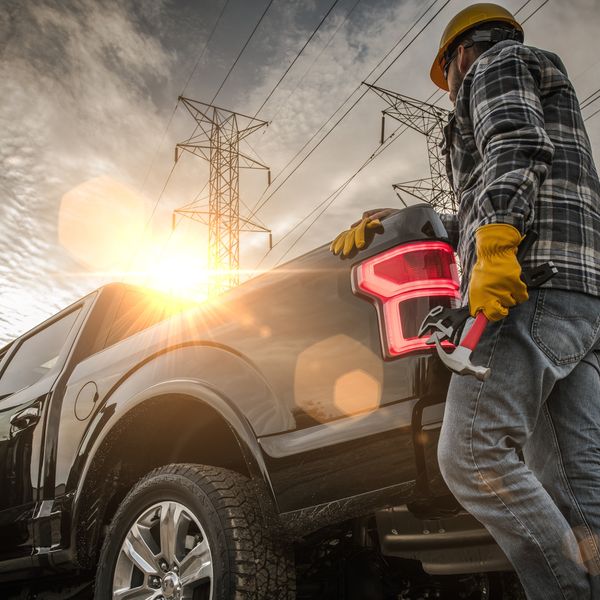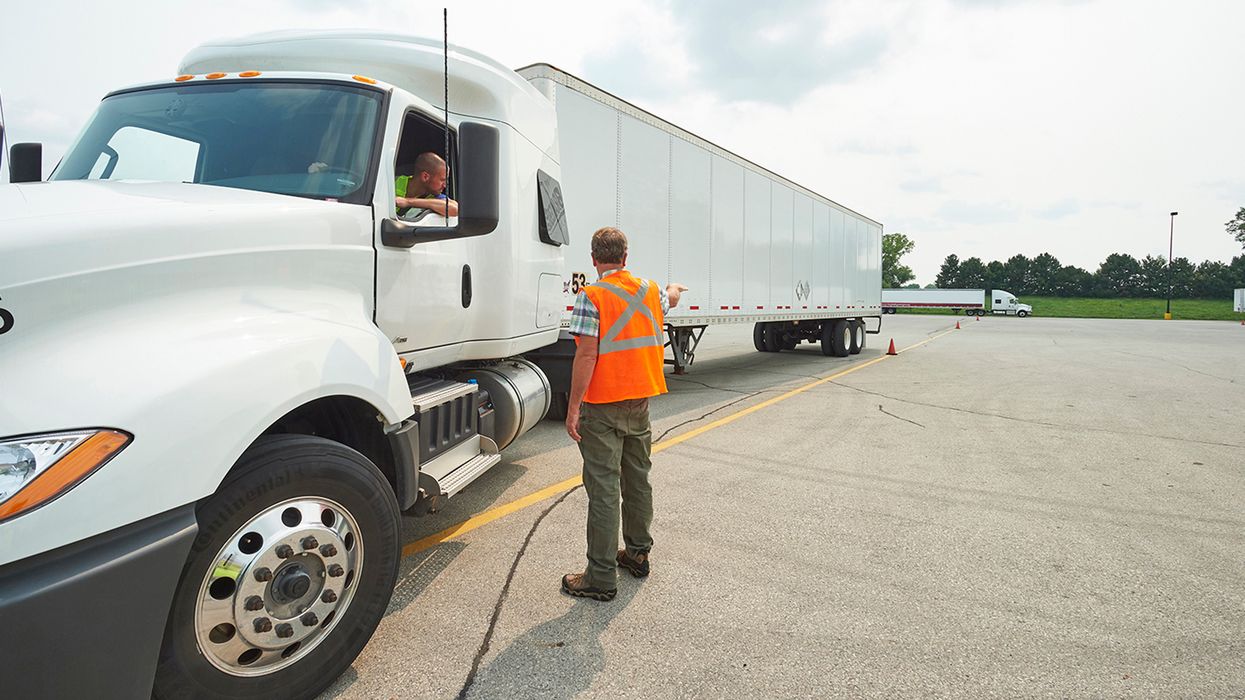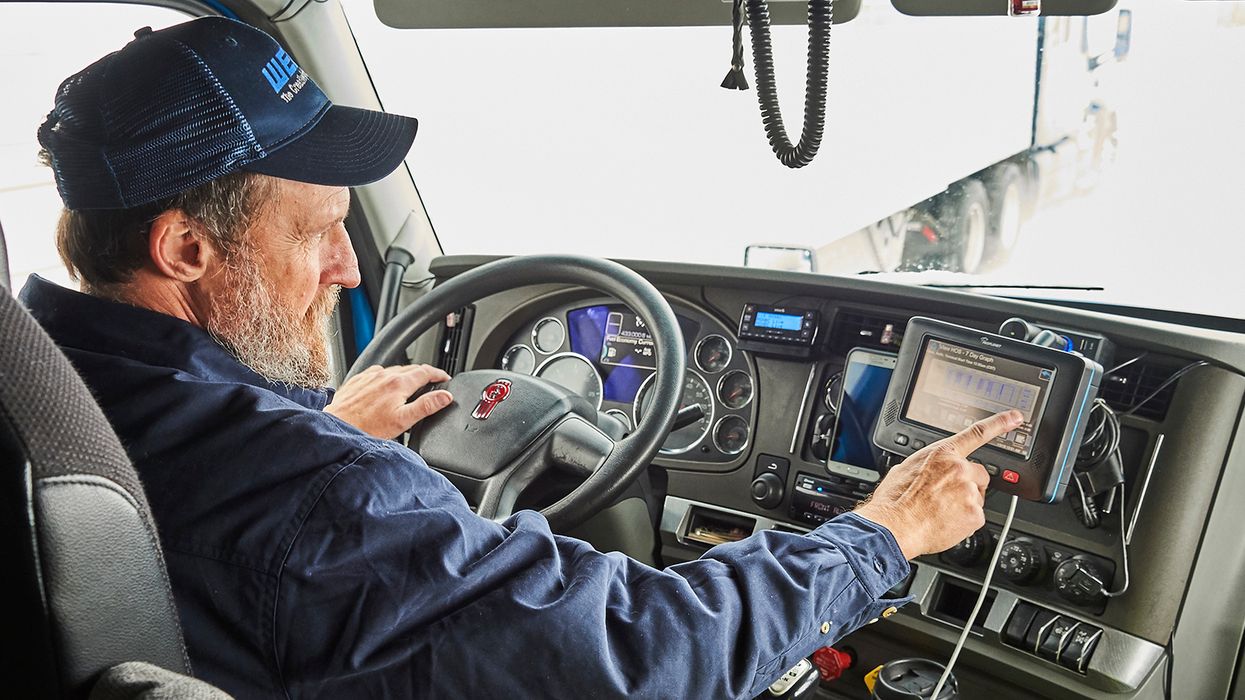USDOT Markings for Pick-up Trucks
Markings on pick-up trucks seem to be a hot topic lately. Carriers are asking that have arisen often lately are “Do I have to put USDOT markings on my pick-up when towing a trailer?” and “What if the pick-up never crosses state lines?”
Defining a Commercial Motor Vehicle
To answer those questions, carriers first need to determine if the pick-up – with or without the trailer – meets the general definition of a commercial motor vehicle (CMV). The definition of a CMV, found in §390.5, does not depend on whether the vehicle is considered a traditional “over-the-road truck.” The applicable parts of the definition are:
- A self-propelled (or towed) motor vehicle used:
- “On a highway.”
A highway includes any roadway, public or private, open to public travel. - In “interstate commerce.” In other words, the vehicle has a business purpose. If intrastate and never crossing state lines, then the rules of the state determine the applicable vehicle class; and
- “On a highway.”
- Has a gross vehicle weight, a gross vehicle weight rating, a gross combination weight, or a gross combination weight rating of 10,001 pounds or more.
All CMVs, regardless of purpose or style, are subject to the federal motor carrier safety regulations, including the vehicle marking rules. The criteria are often met when a pick-up truck is pulling a trailer
Sometimes a CMV – Sometimes Not
A vehicle is required to be marked only when it meets the definition of a CMV. Having a vehicle marked with a USDOT number does not automatically subject the vehicle to regulation; however, the vehicle may be noticed more readily by enforcement officers. For this reason, carriers may use temporary magnetic or vinyl signs, so the vehicle is only marked when operating as a CMV.
The danger with only marking a vehicle when operating as a CMV is that the drivers may forget to mark the vehicle when a trailer is attached. If this is a concern, the carrier is better off permanently marking the vehicle.
Marking Requirements
For an interstate motorized vehicle to be properly marked, the markings must:
- Appear on both sides of the vehicle;
- Include the legal name as it appears on the MCS-150 (a tradename can be used instead if the tradename or doing business as (dba) name is also included on the MCS-150); and
- Include the letters USDOT followed by the USDOT number.
These markings must be in sharp contrast to their background and be legible from 50’ during daylight hours. One-and-a-half inch letters are recommended as a minimum height. Some states require up to three-inch letters for their intrastate rules.
Key to remember: heavy pick-up trucks and pick-up trucks with trailers can easily be considered CMV by weight. Even if the vehicle does not “look” like an over the road rig, the same marking rules apply.




















































